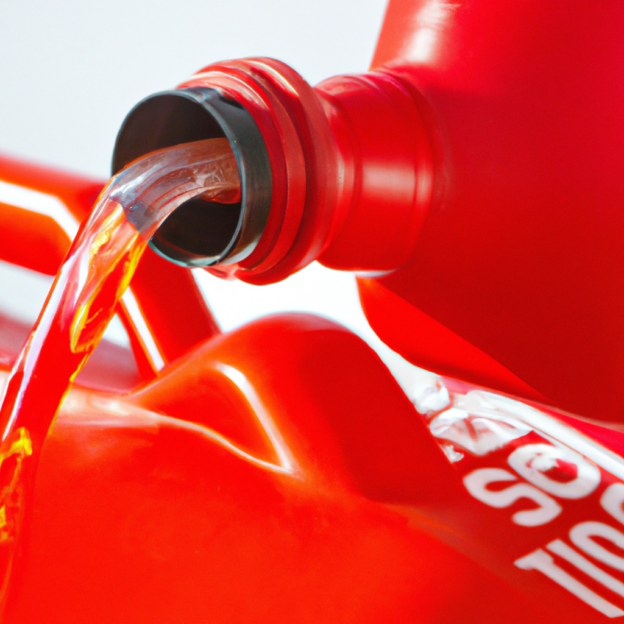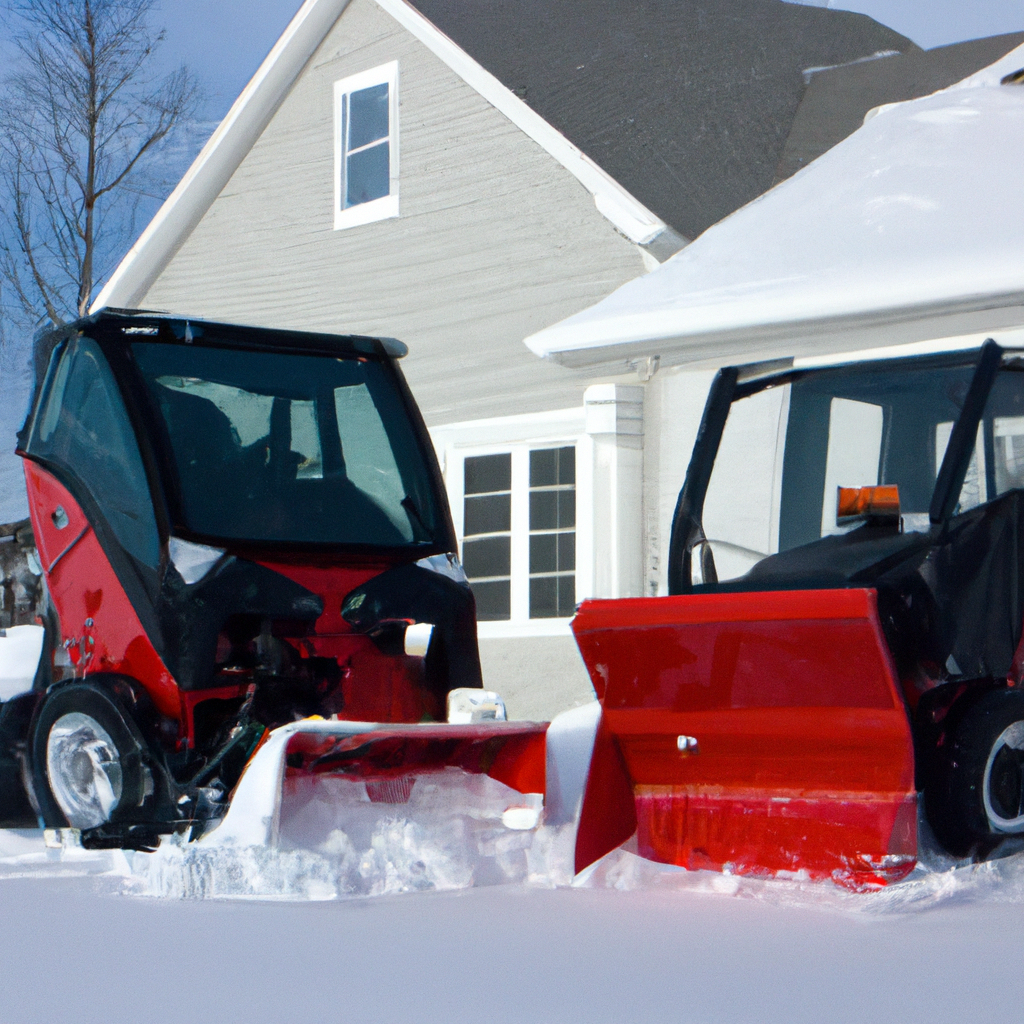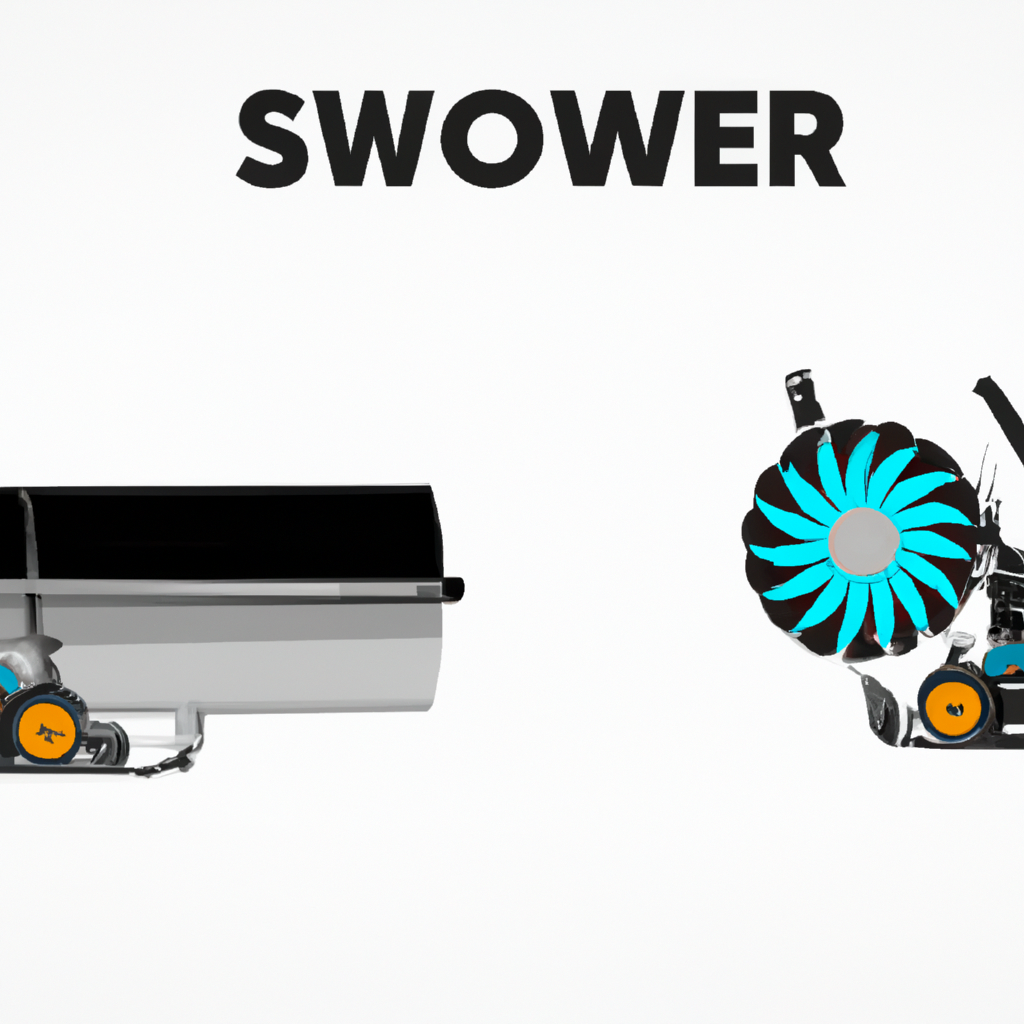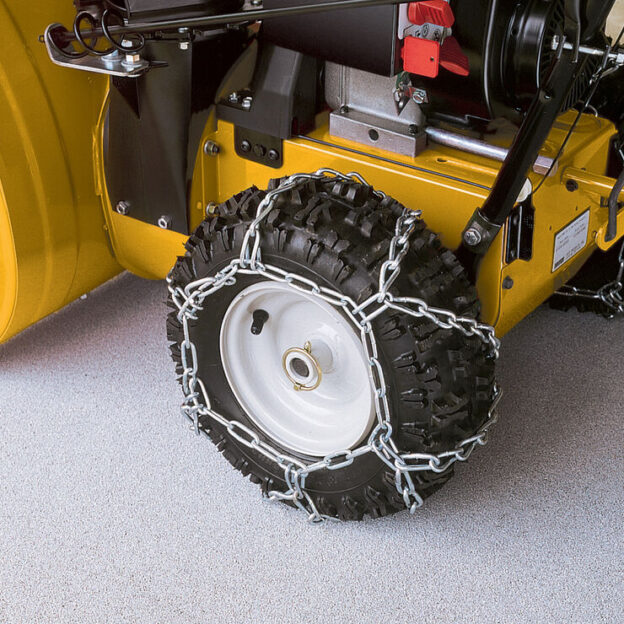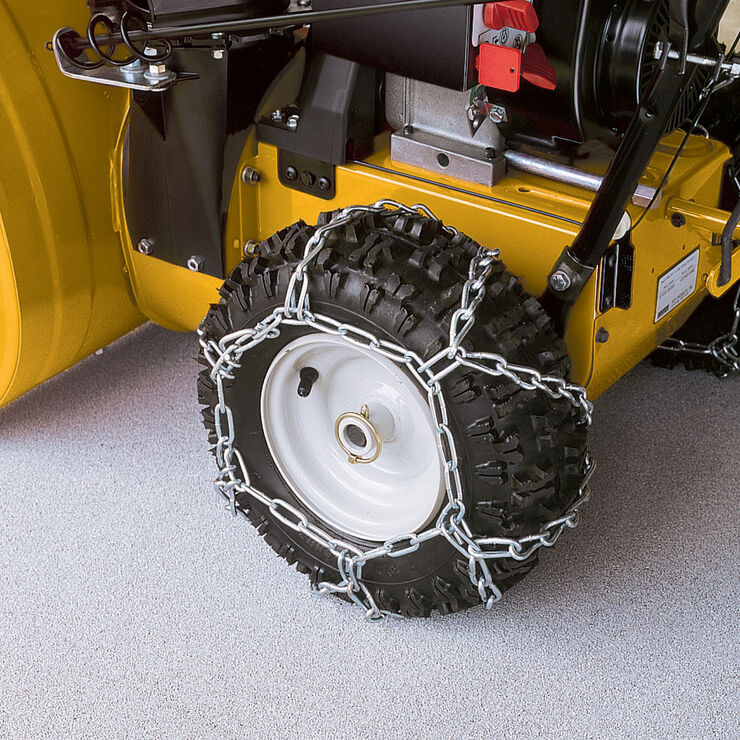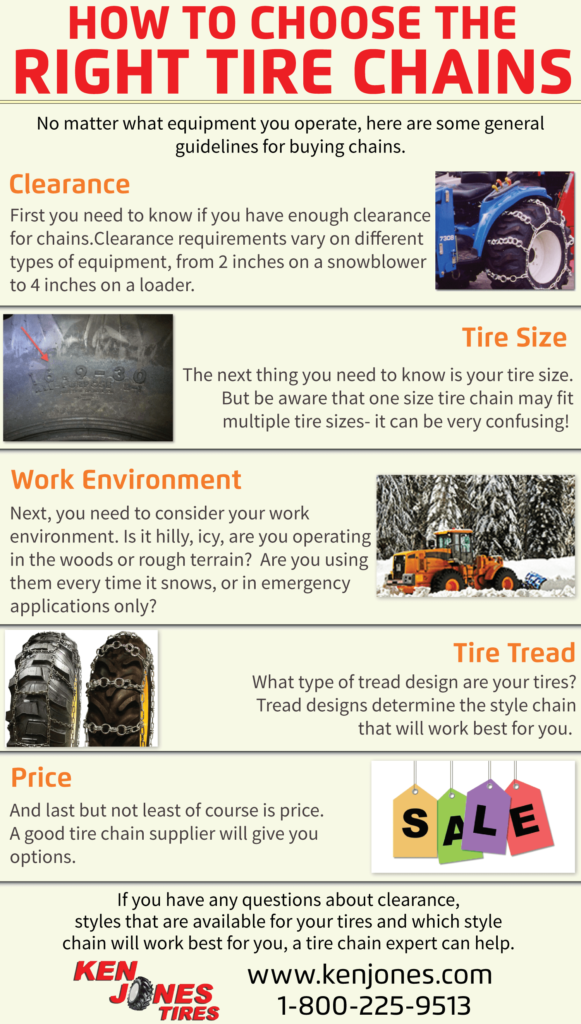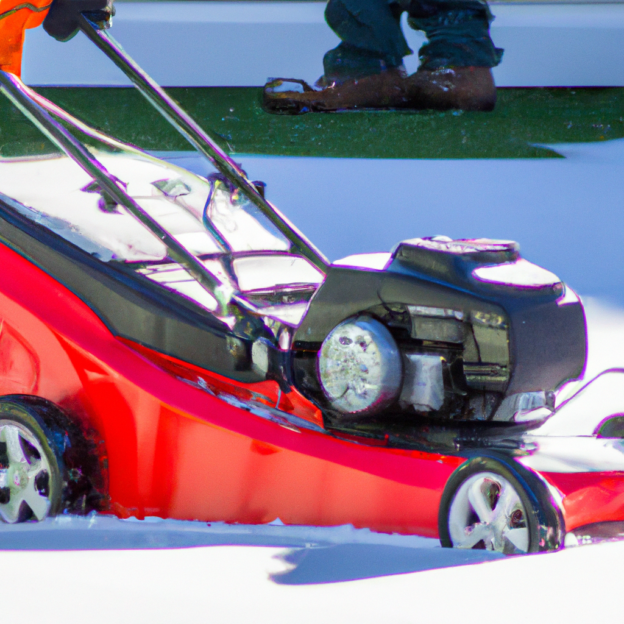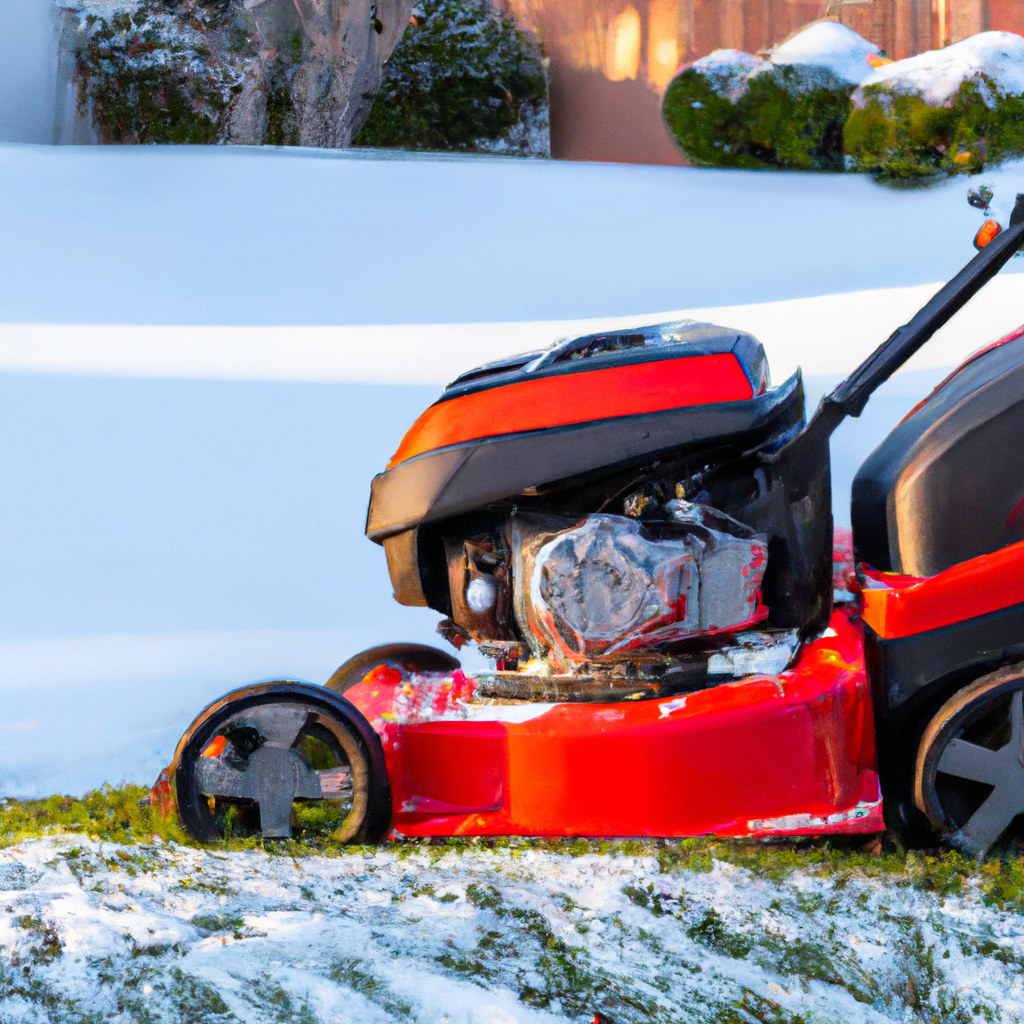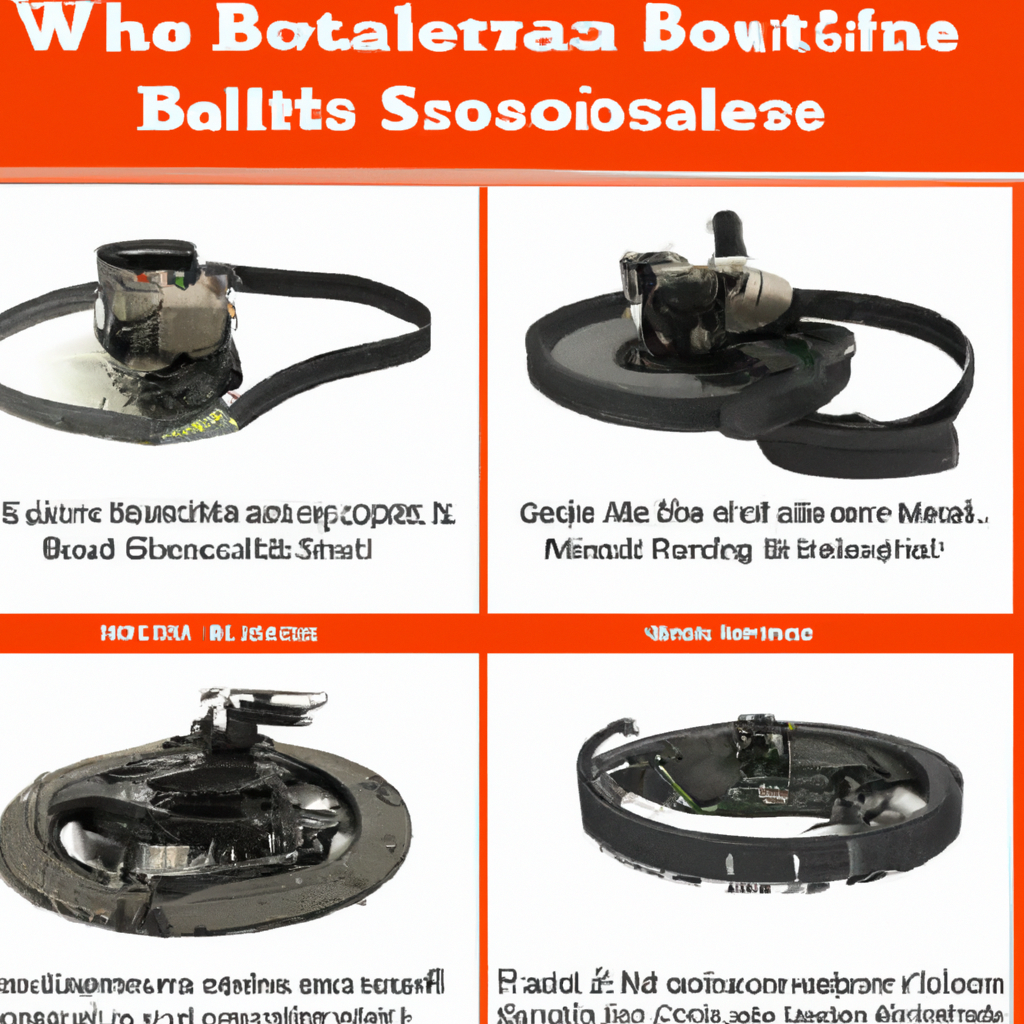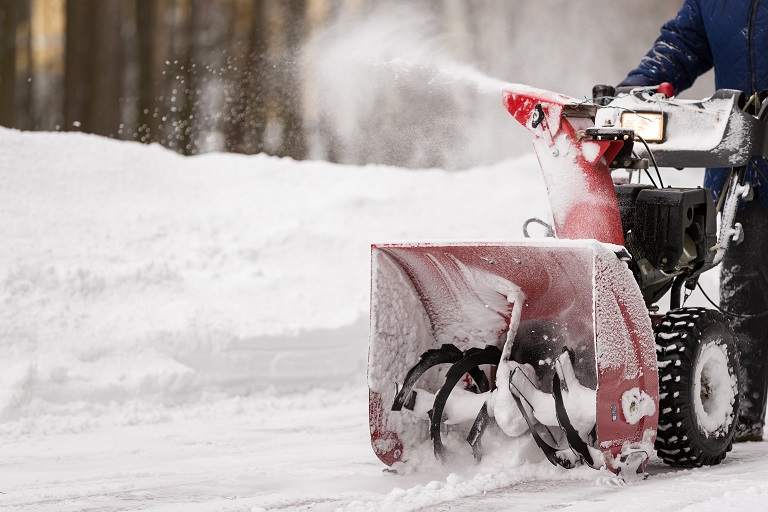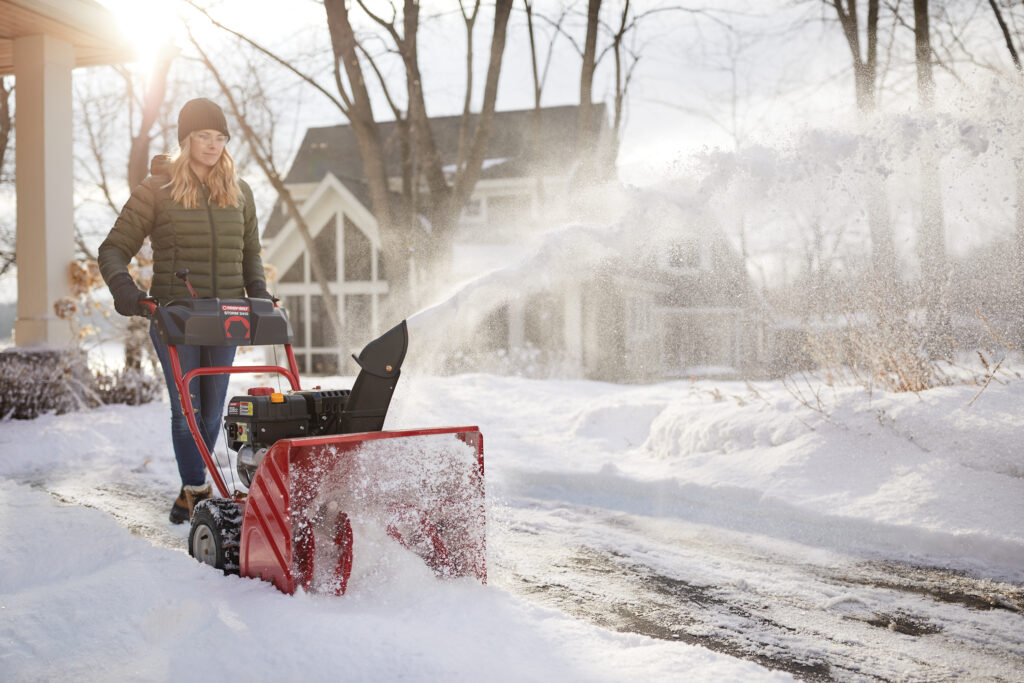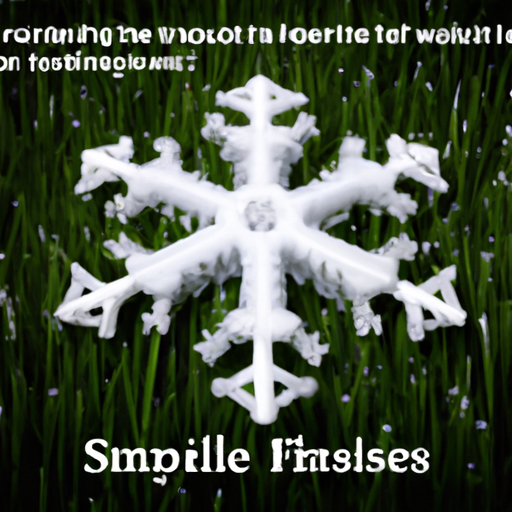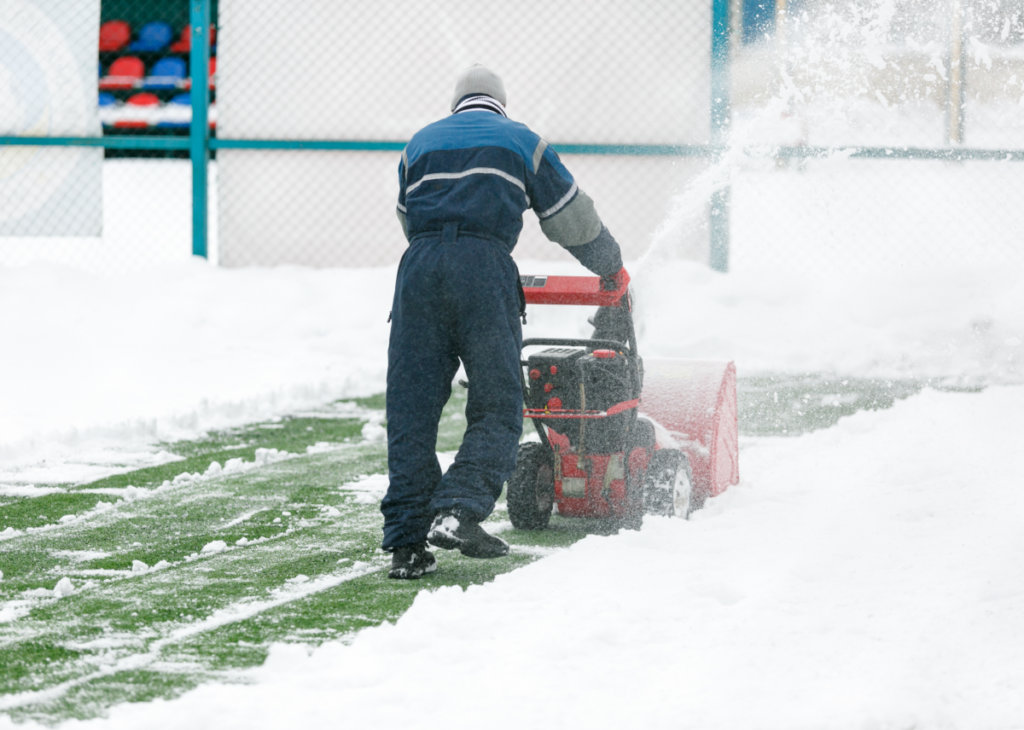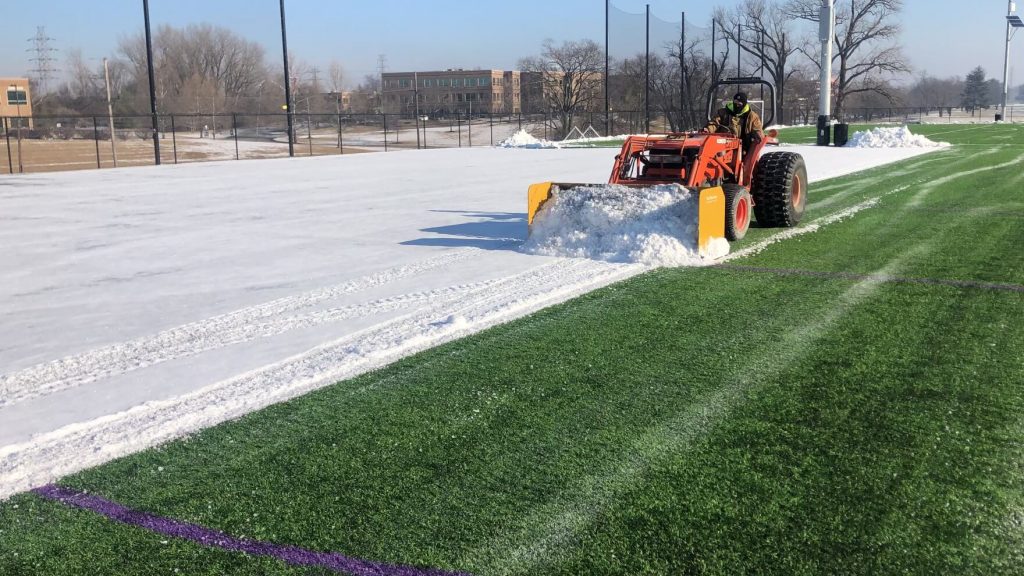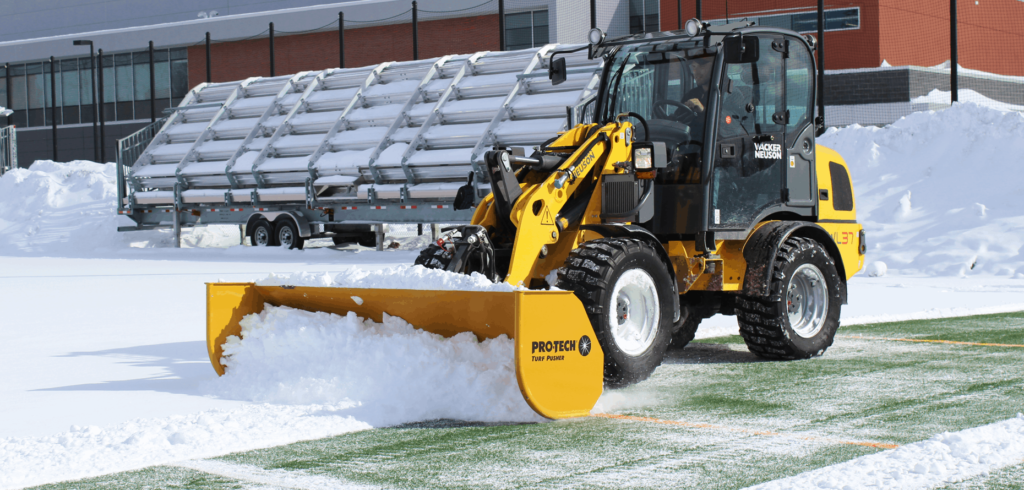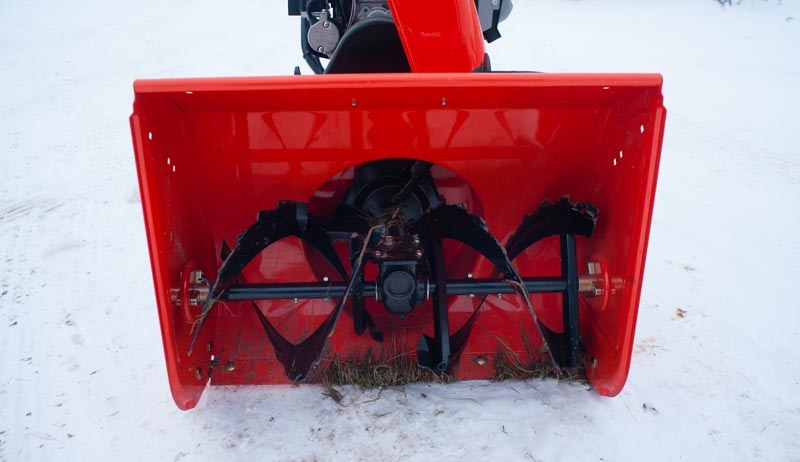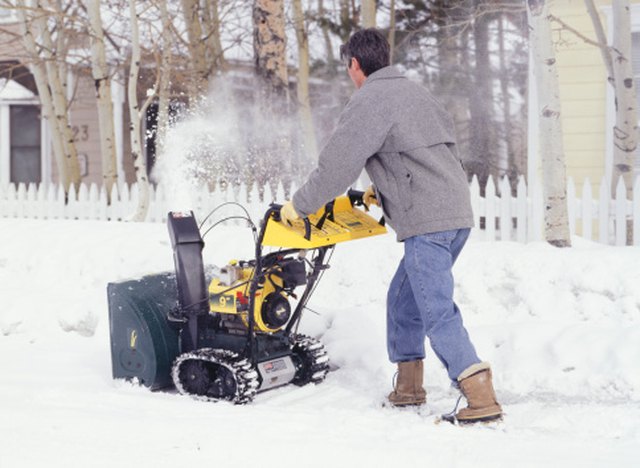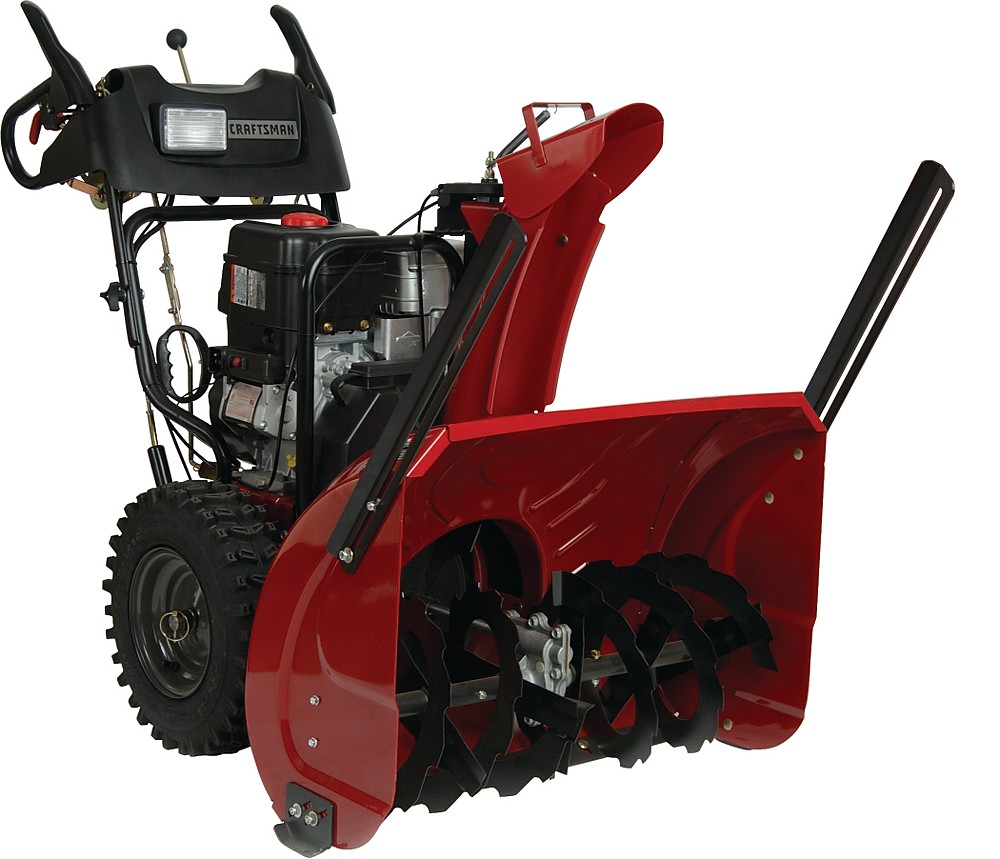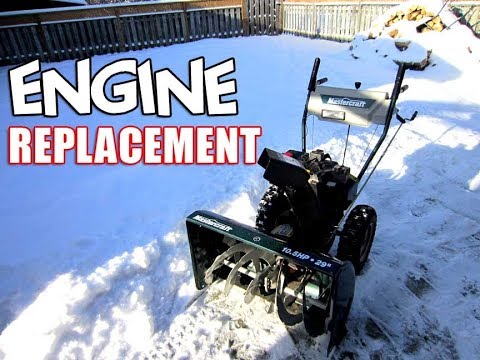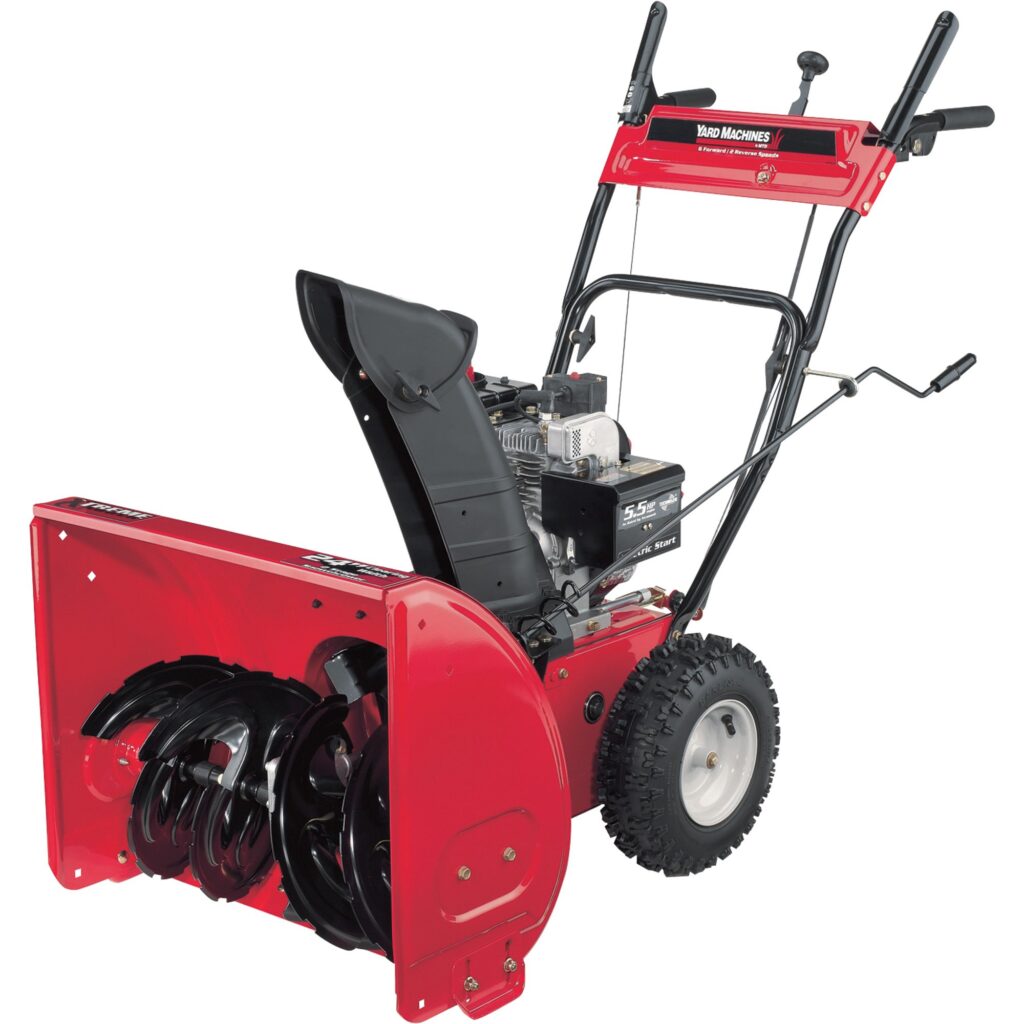So, you’ve got your snowblower all set up and ready to tackle the upcoming winter storms. But before you fire it up and get to work, you need to make sure you prime your snowblower properly. Now, I know what you’re thinking – how exactly do I prime my snowblower? Well, don’t worry, because in this article, we’re going to break down the simple steps you need to follow to prime your snowblower before starting it, ensuring it runs smoothly and efficiently when the snow starts falling.

What is Priming a Snowblower?
Priming a snowblower refers to the process of manually delivering fuel to the engine before starting it. This is done by pressing and releasing the primer bulb, which is located on the snowblower’s engine. The purpose of priming is to ensure that there is sufficient fuel in the carburetor to facilitate easy starting. By doing so, you are essentially providing an initial boost of fuel, allowing the engine to fire up smoothly and run efficiently.
Why is Priming Important?
Priming your snowblower is essential because it helps ensure a smooth and hassle-free startup. During the colder months, the fuel in the carburetor can become stagnant and lose its volatile properties. By priming the snowblower, you are circulating fresh fuel into the carburetor, which increases the chances of successful ignition and prevents any sputtering or stalling during operation.
Checking the Fuel Level
Before you begin priming your snowblower, it is crucial to check the fuel level in the tank. Operating the snowblower with a low fuel level can lead to uneven running and potential damage to the engine. Ensure that there is enough fuel in the tank to provide a steady supply to the carburetor throughout the operation. If the fuel level is low, it is advisable to fill up the tank before proceeding with the priming process.
Locating the Primer Bulb
The primer bulb is usually located on the top or side of the snowblower’s engine, depending on the make and model. It is a small, rubber bulb that you can press with your finger. The best way to locate the primer bulb is to consult your snowblower’s user manual, as the exact placement can vary. Once you have identified the primer bulb, you are ready to start priming your snowblower.

Understanding the Primer Bulb
How Does the Primer Bulb Work?
The primer bulb is designed to draw fuel from the fuel tank and into the carburetor. When you press and release the bulb, it creates a vacuum that sucks fuel into the carburetor, replacing any stale fuel that may have been left behind. This process helps to ensure that your snowblower’s engine receives a consistent and sufficient fuel supply for optimal performance.
How Many Times Should I Prime the Snowblower?
The number of times you should prime your snowblower depends on its specific requirements. Generally, it is recommended to prime the snowblower three to five times, but it may vary depending on factors such as temperature and the particular engine model. Consult your snowblower’s user manual to determine the manufacturer’s recommended priming method.
Step-by-Step Guide to Priming a Snowblower
Step 1: Position the Snowblower
Before priming the snowblower, ensure that it is on a flat and stable surface. This will prevent any accidents or instability during the priming process. Make sure the ignition switch is in the off position and that the snowblower is securely parked.
Step 2: Locate the Primer Bulb
Identify the primer bulb by referring to your snowblower’s user manual. It is usually a small, rubber bulb that can be found on the top or side of the engine. Take a moment to familiarize yourself with its location and how it operates.
Step 3: Press and Release the Primer Bulb
Place your finger on the primer bulb and press it down slowly. You should feel some resistance as you press. Once the bulb is fully depressed, release it quickly. This action creates a vacuum, drawing fuel into the carburetor.
Step 4: Repeat the Priming Process
Repeat the pressing and releasing action of the primer bulb two to three more times. This ensures that an ample amount of fuel has been delivered to the carburetor, increasing the likelihood of a smooth startup.
Step 5: Repeat the Priming Process Once More
To be extra cautious, repeat the priming process one final time. This will ensure that the carburetor is adequately fueled for an easy ignition. Once you have completed this step, you are now ready to start your snowblower.
Common Mistakes to Avoid
Over-Priming the Snowblower
One common mistake is over-priming the snowblower. It is important to remember that priming is meant to deliver just enough fuel to the carburetor for a smooth startup. Over-priming can flood the engine and cause excessive fuel consumption, leading to potential starting issues and increased emissions. Follow the manufacturer’s instructions and recommendations for the appropriate number of primer bulb presses.
Under-Priming the Snowblower
On the other hand, under-priming can result in insufficient fuel supply to the carburetor, leading to difficulty in starting the snowblower. It is crucial to perform the recommended number of primer bulb presses, as specified by the manufacturer, to ensure optimal fuel delivery.
Priming the Snowblower with a Full Tank of Fuel
Priming the snowblower with a full tank of fuel is not recommended. When the fuel tank is completely filled, there is already sufficient fuel in the carburetor, and additional priming may flood the engine. It is best to check the fuel level and fill it as needed before priming to avoid any potential issues.
Checking the Primer Bulb for Issues
Cracked or Damaged Bulb
Inspect the primer bulb for any signs of cracking or damage before each use. A cracked or damaged bulb can lead to air leaks, preventing proper fuel delivery. If you notice any issues with the primer bulb, it is important to replace it immediately to ensure smooth operation.
Air Leaks in the Primer Bulb
Air leaks in the primer bulb can occur due to a loose connection or damage to the bulb itself. If you suspect an air leak, you can perform a simple test. Apply some soapy water to the bulb and observe for any bubbles forming. If bubbles appear, it indicates an air leak. If you detect an air leak, it is advisable to have the primer bulb replaced to maintain the snowblower’s optimal performance.
Conclusion
Priming your snowblower is an essential step in ensuring a smooth and efficient startup. By following the steps outlined in this article and avoiding common mistakes, you can ensure that your snowblower is primed correctly for optimal performance. Regularly check the primer bulb for any cracks or damage, and replace it if necessary. Remember to consult your snowblower’s user manual for specific instructions and recommendations. With proper priming, you can confidently tackle the winter snowfall and keep your property clean and safe.
Frequently Asked Questions
How Long Should I Prime the Snowblower?
The duration of priming can vary depending on factors such as the snowblower’s make and model and the outdoor temperature. Generally, priming for 2-4 seconds should be sufficient. However, it is advisable to consult the manufacturer’s instructions for the recommended priming duration.
Do Electric Snowblowers Require Priming?
No, electric snowblowers do not require priming. Electric snowblowers operate differently than gas-powered ones, as they run purely on electricity. Instead of priming, electric snowblowers usually have a simple push-button or switch mechanism for starting.
What Happens If I Don’t Prime My Snowblower?
Not priming your snowblower can result in difficulty starting the engine or even failure to start. Without proper priming, the carburetor may not receive enough fuel to sustain combustion, leading to sputtering or stalling. It is crucial to prime your snowblower before every use to ensure a smooth startup.
Is Priming Necessary Every Time I Start the Snowblower?
In most cases, yes, priming is necessary every time you start the snowblower. It ensures that the carburetor receives a fresh fuel supply and helps prevent starting issues. However, consult your snowblower’s user manual to determine if there are any specific exceptions or recommendations for your particular model.
